Tattoo ink is gradually absorbed and dispersed by macrophages in your immune system, causing some tattoos to fade. Additional factors, such as sunlight, friction, and improper treatment of your tattoos, can speed up the aging of your skin and/or the fading of your tattoos.
The common problem of tattoo fading can be frustrating. You're probably wondering why this is happening and what you can do to stop it. It's a common problem that many people face. Learn why tattoos fade and how to prevent it.
We will explore the reasons behind this phenomenon and explore some solutions to preserve the vibrancy of your tattoo for years to come.
Fading Tattoos in a Couple Months: 5 Causes

Tattoos have increasingly become a popular form of body art, but with popularity comes concerns about potential problems, such as tattoo fading. Tattoo fading is a common problem that tattoo enthusiasts face, regardless of the tattoo's size, location, or quality.
Exposure to Sunlight and UV Rays
One major cause of tattoo fading is ultraviolet rays and sunlight exposure. Sunlight and UV rays break down the pigments in the tattoo ink, causing the colors to fade. Here are some facts to remember:
- Sunscreen with SPF 30 or higher can help protect your tattoo from UV damage.
- Wearing protective clothing, such as long-sleeved shirts and hats, can also help reduce your skin's exposure to UV rays.
- Avoid tanning beds, which emit high levels of UV radiation and can cause irreparable harm to your skin and tattoos.
Poor Aftercare and Hygiene
Another critical factor that causes tattoo fading is poor aftercare and hygiene. After getting a tattoo, it is essential to follow proper care instructions to ensure that the tattoo heals correctly and maintains its vibrancy. Keep these tips in mind:
- Keep the tattoo clean and moisturized.
- Avoid exposing the tattoo to water for an extended period, especially during healing.
- Do not scratch, peel, or pick at the tattoo.
- Keep the tattoo covered with loose-fitting, breathable clothing.
- Avoid swimming or bathing in the ocean, pool, or hot tub until the tattoo has healed completely.
Unhealthy Lifestyle Choices
Smoking and drinking can also contribute to tattoo fading. The toxins and chemicals in cigarettes and alcohol can affect the skin's overall health, making it more challenging for the tattoo to maintain its appearance. Here are some key points to remember:
- Smoking increases the risk of infection and slows down the tattoo healing process.
- Alcohol can dehydrate the skin and cause it to become dry and flaky, leading to tattoo fading and peeling.
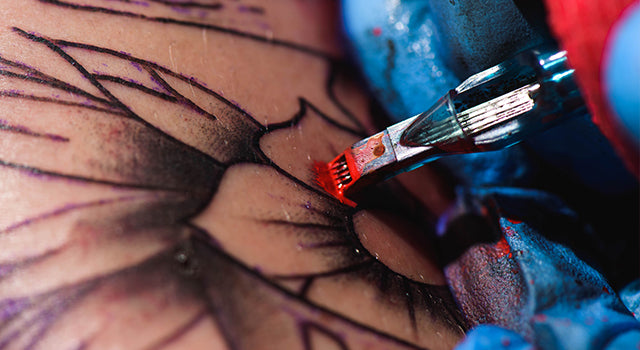
Skin Aging and Changes in Body Composition
Our skin changes, and our body composition shifts. The skin becomes thinner, and the fat and muscle underneath can decrease or redistribute. These changes can affect the tattoo's appearance and cause it to fade or become distorted. Weight loss or gain can affect the tattoo's shape and cause it to stretch or shrink. Remember these tips:
- Consider avoiding areas of the body that undergo frequent changes, such as the stomach and hips, for larger or more complex tattoos.
- Keep your weight stable to avoid significant changes in your body composition that can affect your tattoo’s appearance.
Low-Quality Ink and Tattooing Techniques
Tattooing techniques and ink of low quality can contribute to tattoo fading or distortion. Investing in high-quality ink and seeking an experienced and reputable tattoo artist is essential to minimize the risk of tattoo problems. Here are a few tips:
- Research the tattoo artist and check their portfolio before getting a tattoo.
- Ask to see the ink ingredients and ensure they meet industry standards.
- Avoid tattoo artists who use homemade or unregulated inks and machines.
Tattoo Fading after a Few Months: Understanding the Process
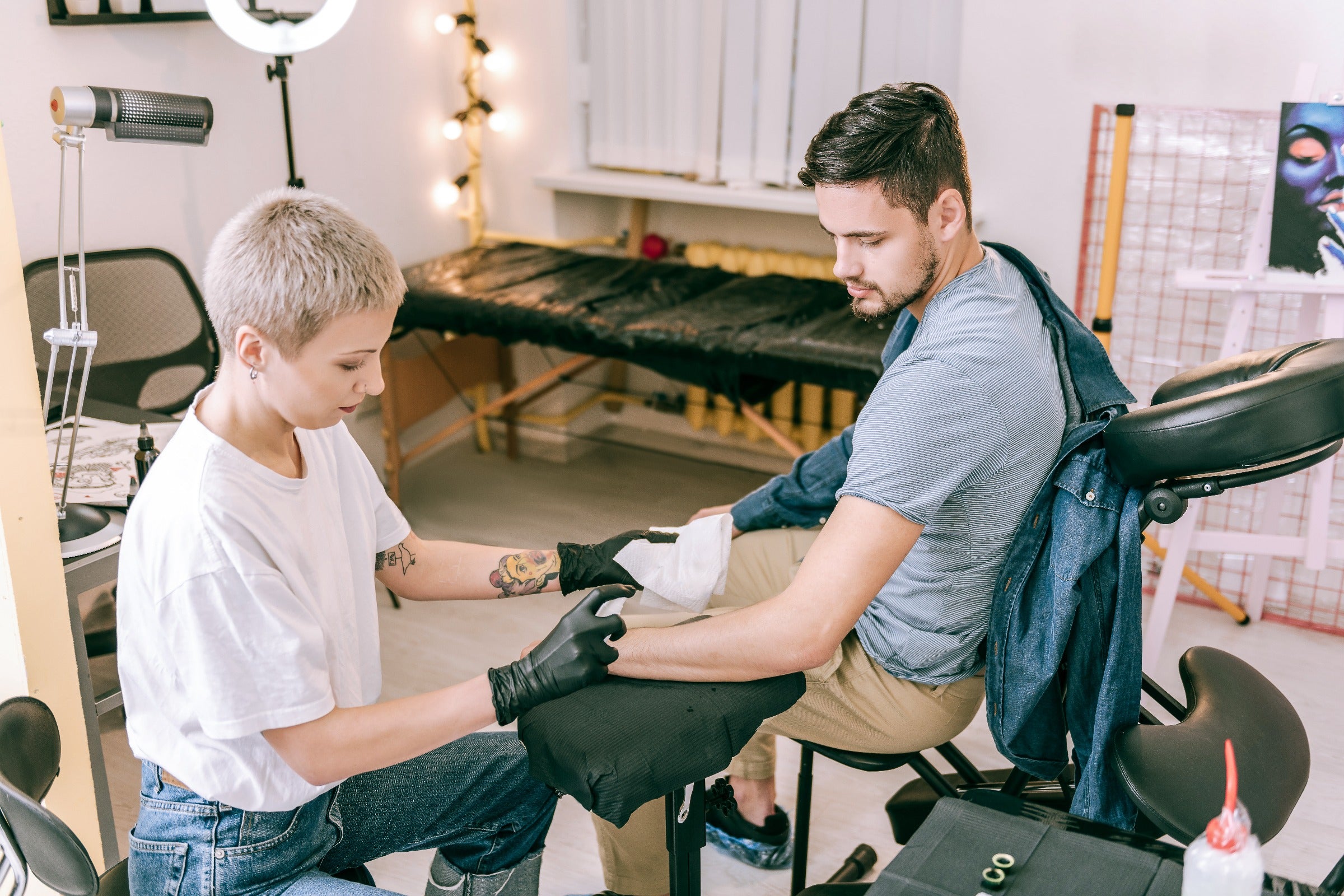
The fading of tattoos is familiar to many people. While some tattoos can withstand the test of time and remain vibrant, others can become faded after only a few months. Understanding the tattoo fading process can help individuals make informed decisions about their tattoos and understand how to keep them looking their best.
The Ink Deposition Process
Tattoos are created by injecting ink into the second layer of skin, the dermis. The ink deposition process can vary, but typically a needle punctures the skin to deposit the ink particles. The ink particles remain in the dermis, surrounded by collagen fibers.
Collagen Breakdown and Replacement
Collagen is the most abundant protein in the human body and maintains skin structure. Over time, collagen fibers break down naturally and are replaced by new collagen. This process happens at a particular rate, which varies from person to person.
Fading of Tattoos
When collagen fibers break down, the ink particles can become dislodged and lose their vibrancy. As a result, tattoos can lose their color and appear faded. Factors such as sun exposure, skin type, and the type of ink used can also contribute to the fading of tattoos.
Preventative Measures
While tattoo fading is natural and expected, individuals can take steps to minimize the fading process and keep their tattoos looking their best. Simple steps such as wearing sunscreen or protective clothing can help prevent sun damage and keep the colors vibrant. Using high-quality ink and working with an experienced artist can reduce the risk of fading, as the ink will be more deeply into the skin.
My Tattoo is Fading After a Couple Months: 4 Preventing Tips
When we get a tattoo, we want it to last forever. Unfortunately, tattoo fading is a common issue that can leave your once vibrant design dull and worn out after only a few months. You can take plenty of steps to prevent tattoo fading and ensure your ink looks as good as new for years to come. Here are our expert tips for long-lasting tattoos:
Proper Aftercare Tips and Habits to Adopt

Your tattoo is a work of art that deserves proper care throughout its lifespan. With the right aftercare tips and habits, you can maintain the vibrancy and integrity of your tattoo for longer. Follow these tips:
- Washing your tattoo gently with mild soap and lukewarm water twice a day for the first two weeks.
- Patting your tattoo dry with a clean towel after washing.
- Avoiding submerging your tattoo in water (such as in a swimming pool or bath) for two weeks.
- Applying a thin layer of fragrance-free, alcohol-free lotion or ointment to your tattoo after it dries from washing.
- Avoiding scratching or picking at your tattoo, which can cause scabbing and fading
Choosing the Right Ink and Artist
Your choice of ink and artist can also play a role in how long your tattoo lasts. Here are some things to consider:
- Research tattoo artists in your area to find one with an excellent reputation and portfolio of high-quality work.
- Ask the artist what type of ink they use and if it is planned explicitly for longevity.
- Consider the placement of your tattoo carefully, as areas with a lot of movement or friction (such as the hands or feet) may cause the tattoo to fade more quickly.
- Be willing to invest in a high-quality tattoo, as cheap or inexperienced artists may use subpar inks and techniques that lead to fading.

Sun Protection and Other Measures to Minimize Sun Exposure
The sun can be harmful to tattoos, especially during the healing process. Even after healing, the sun's UV rays can cause fading. To protect your tattoo, follow these steps:
- Wear protective clothing or sunscreen over your tattoo when spending time outdoors.
- Avoid tanning beds, which can also cause fading.
- After your tattoo has fully healed, consider adding a layer of sunscreen to your daily skincare routine to ensure continued protection.
Healthy Lifestyle Choices That Benefit Tattoo Longevity
Your lifestyle choices can also influence how long your tattoo lasts. Some recommendations:
- Eating a healthy, balanced diet with plenty of vitamins and antioxidants to promote skin health.
- Staying hydrated to keep your skin healthy and supple.
- Avoiding smoking and excessive drinking, which can lead to skin damage and poor healing.
- Getting enough sleep to allow your body to heal and repair itself.
Why My Tattoo Fades After a few Months: 3 Fixing Method
Tattoos are popular forms of body art, but they can fade over time because of various factors, such as sun exposure, aging, and poor aftercare. Fortunately, solutions are available to address these fading issues and preserve the vibrancy of your ink.
Fixing Faded Tattoos Through Re-Coloring and Touch-up Techniques
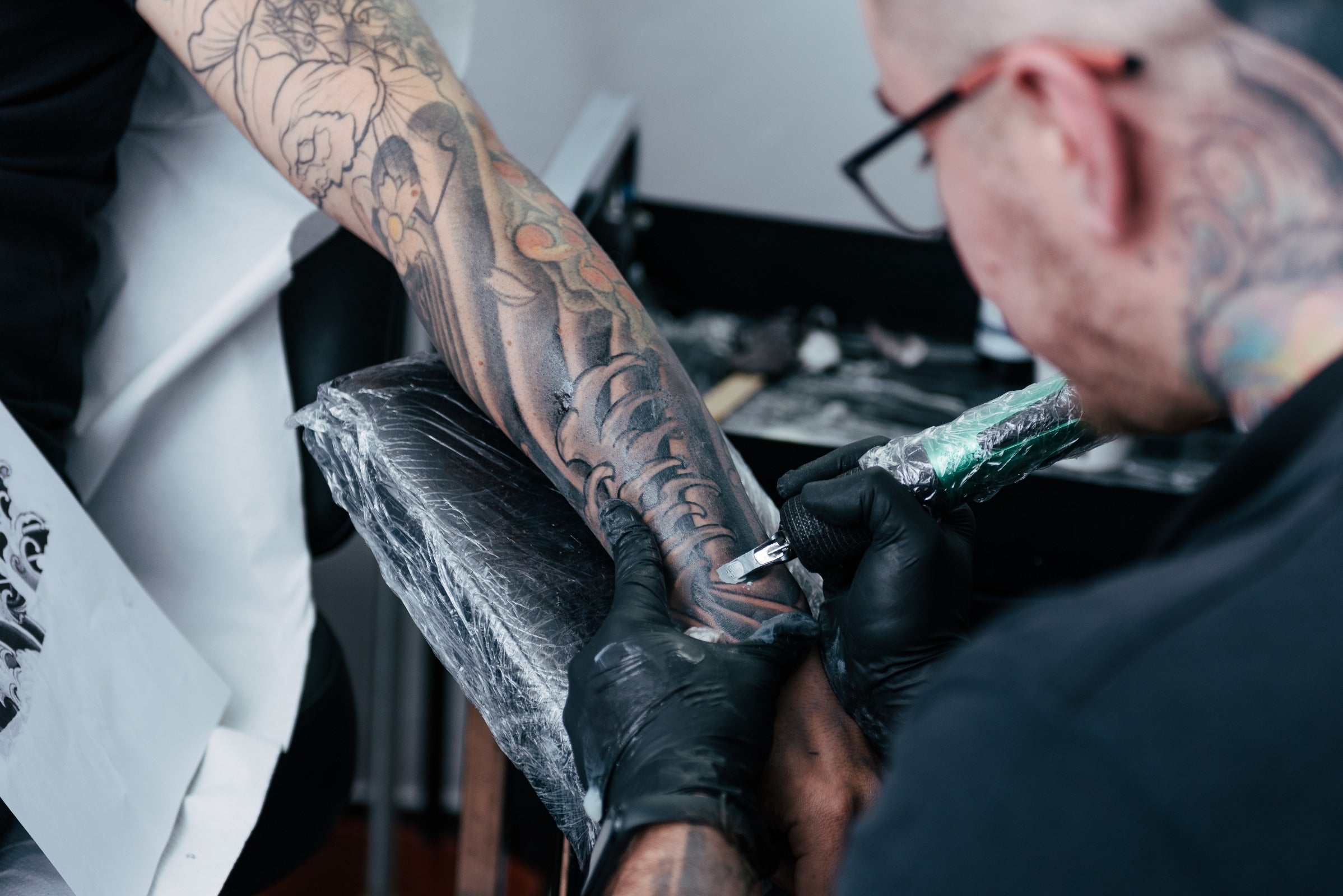
Touch-ups and re-coloring are often the go-to solutions for fixing faded tattoos. These techniques involve adding pigments to the faded areas of the tattoo to restore the original colors. Here are some of the most popular methods that tattoo experts use:
- Adjustment of Colors: This technique involves adjusting the colors of the tattoo to comlilement your skin tone, thus making the tattoo blend seamlessly with your skin.
- Feathering: Feathering is a technique that hellis blend fading tattoos with the surrounding skin. Tattoo artists use tiny needles to blend the colors, making the tattoo look more natural.
- Shading: Shading is another technique tattoo artists use to restore the vibrancy of tattoos. Shading involves adding darker colors to faded areas of the tattoo.make them look more defined.
Scar Tissue Removal and Advanced Treatments
Scar tissue can also cause tattoos to fade prematurely. If you have scar tissue on your tattoo, it's challenging to re-color it. Advanced treatments are available to treat scars and restore the color of your tattoos. Some of the most common methods for removing scar tissue and advanced treatment techniques:
- Laser Treatment: Laser treatment is a popular technique used to remove scar tissue and restore the vibrancy of tattoos. The laser light targets the scarred areas, breaking up the scar tissue and stimulating new cell growth.
- Skin Grafting: Skin grafting is a surgical technique to treat severe scarring. The surgeon takes skin from another part of your body and grafts it onto the scarred area.

Tips for Choosing a Reputable Tattoo Removal Expert
Choosing the right tattoo expert is crucial for re-coloring and fixing faded tattoos. Here are some tips to help you find a reputable tattoo removal expert:
- Check Reviews: Look for online reviews and testimonials from past clients before you choose a tattoo removal expert. Read about their experiences and assess whether the expert meets your standards.
- Check Credentials: Ensure the chosen expert has the required licenses and certifications to perform these procedures.
- Consultation: Consult with the tattoo expert to discuss your concerns and better understand the procedures involved. The consultation lets you ask questions and assess the tattoo expert's expertise.
Conclusion
Tattoo fading is something that many people dread, but it's a common problem that can be prevented. By using high-quality ink, choosing the right location, protecting your tattoo from the sun, and properly taking care of it after it's been done, you can help extend the life of your tattoo. Remember, a tattoo is a piece of art you'll have for the rest of your life, so taking the time to care for it properly is well worth it.

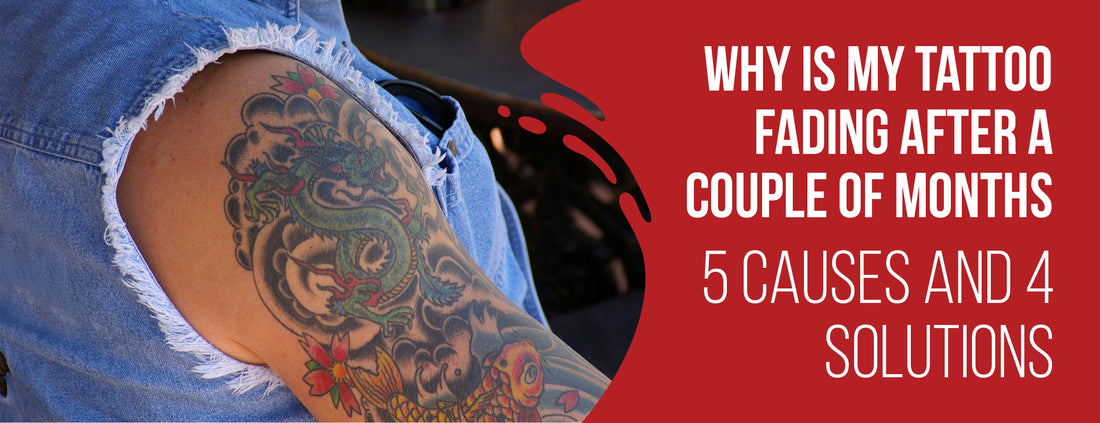







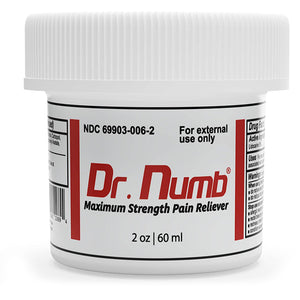


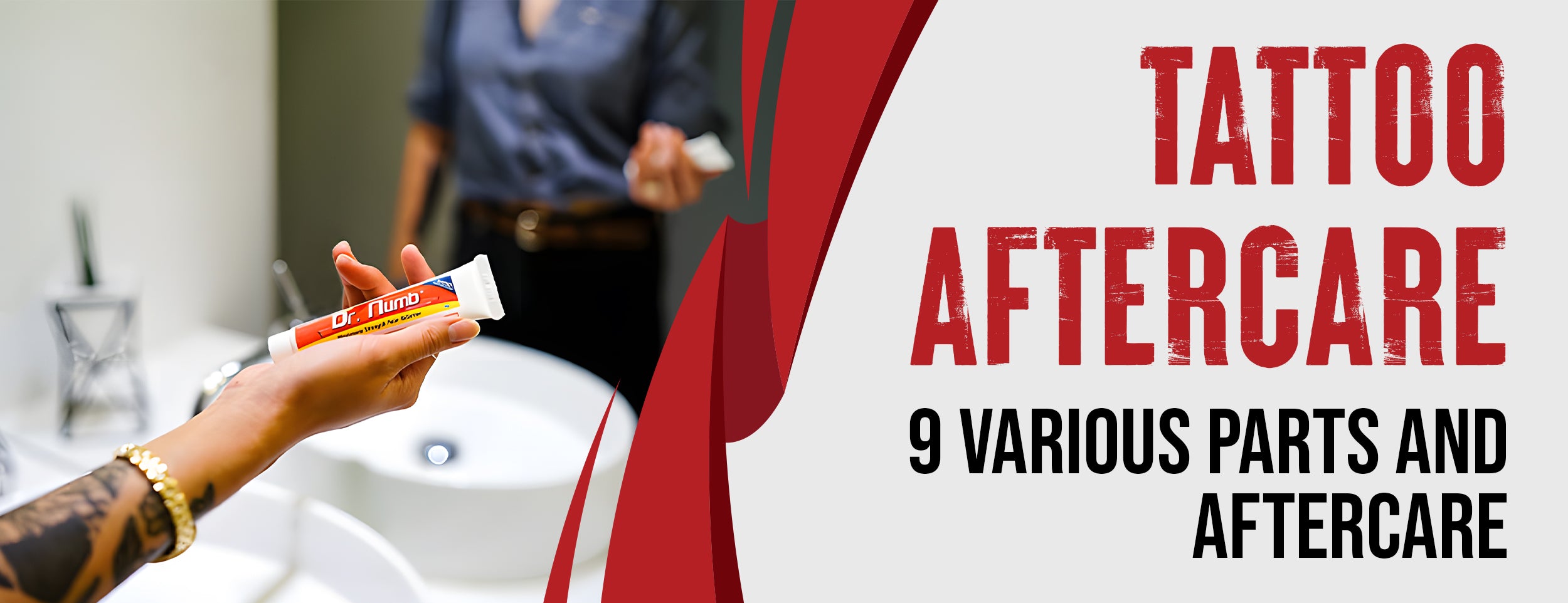
![Antibiotics and Tattoos: 3 Risks and 3 Effects [with 4 Precautions]](http://drnumb.com/cdn/shop/articles/Can_You_Get_Tattooed_On_Antibiotics__3_Risks_and_3_Effects_4_Precautions.jpg?v=1714128292)

